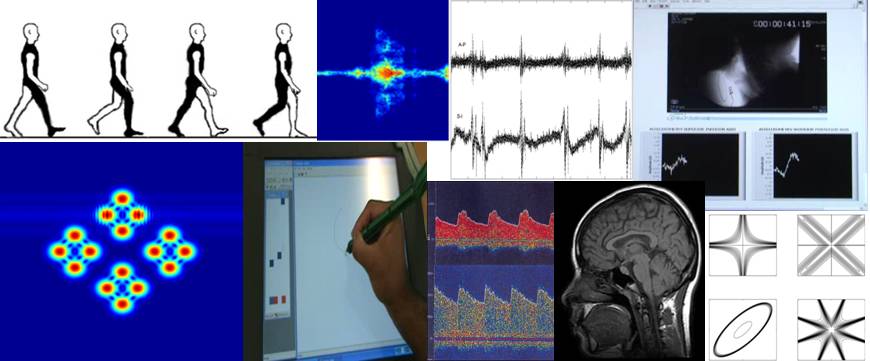The effects of listening to music or viewing television on human gait
August 23, 2013
This paper presents a two-part study with walking conditions involving music and television (TV) to investigate their effects on human gait. In the first part, we observed seventeen able-bodied adults as they participated in three 15-minute walking trials: (1) without music, (2) with music and (3) without music again. In the second part, we observed fifteen able-bodied adults as they walked on a treadmill for 15 min while watching (1) TV with sound (2) TV without sound and (3) TV with subtitles but no sound. Gait timing was recorded via bilateral heel sensors and center-of-mass accelerations were measured by tri-axial accelerometers. Measures of statistical persistence, dynamic stability and gait variability were calculated. Our results showed that none of the considered gait measures were statistically different when comparing music with no-music trials. Therefore, walking to music did not appear to affect intrinsic walking dynamics in the able-bodied adult population. However, stride interval variability and stride interval dynamics were significantly greater in the TV with sound walking condition when compared to the TV with subtitles condition. Treadmill walking while watching TV with subtitles alters intrinsic gait dynamics but potentially offers greater gait stability.
This material is presented to ensure timely dissemination of scholarly and technical work. Copyright and all rights therein are retained by authors or by other copyright holders. All persons copying this information are expected to adhere to the terms and constraints invoked by each author’s copyright. In most cases, these works may not be reposted without the explicit permission of the copyright holder.



